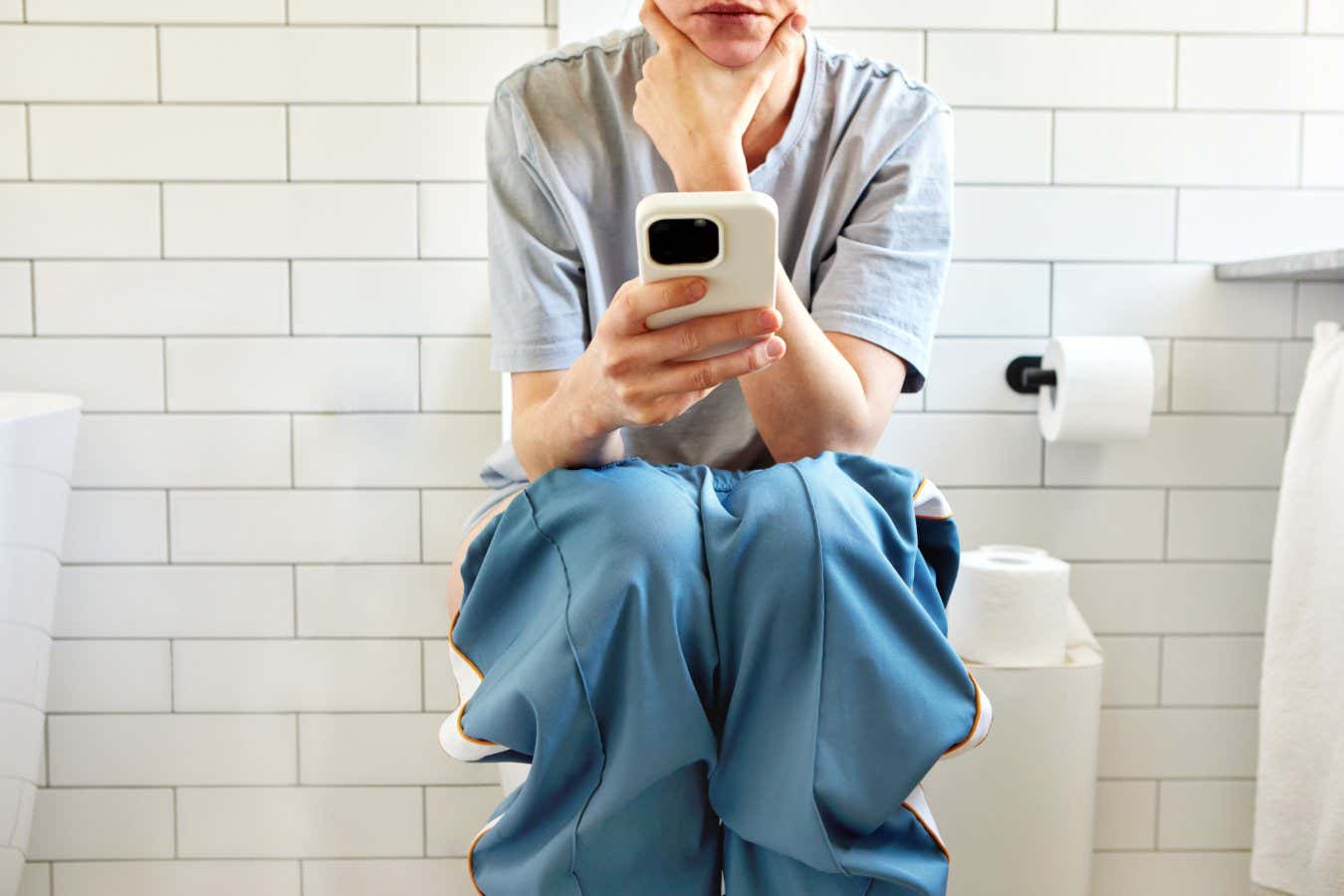Now Reading: Toilet Smartphone Use Linked to Higher Haemorrhoid Risk: Study
-
01
Toilet Smartphone Use Linked to Higher Haemorrhoid Risk: Study
Toilet Smartphone Use Linked to Higher Haemorrhoid Risk: Study

Speedy Summary
- A study led by Trisha Pasricha at Beth Israel Deaconess Medical Center examined the link between smartphone use on the toilet and the risk of haemorrhoids.
- The study involved 125 participants aged over 45, who completed questionnaires about their bathroom habits, general health, and physical activity. Participants’ colonoscopy images were also reviewed for haemorrhoids diagnosis.
- Two-thirds of participants admitted to using their smartphones on the toilet; phone users were five times as likely to spend more than 5 minutes in the bathroom compared to non-users (37% vs. 7%).
- Smartphone use was associated with a 46% higher risk of haemorrhoids after adjusting for other factors like age and activity levels.though, causation hasn’t been proven yet.
- The prolonged seated position during toilet use appears to create pelvic pressure due to reduced support of pelvic floor muscles, possibly leading to haemorrhoid development.
- No meaningful association was found between straining or constipation and a higher risk of developing haemorrhoids; diarrhoea was suggested as a stronger factor in some earlier studies.
- Experts recommend avoiding smartphones on the toilet; less engaging reading material like newspapers or magazines may be acceptable alternatives.
Indian Opinion Analysis
This study underscores how modern habits shaped by technology influence health outcomes globally, including in India-a country with rising smartphone penetration even in rural areas. While specific data from Indian populations is unavailable in this context,increased awareness about such seemingly minor lifestyle choices can have long-term public health meaning if broadly applied across diverse demographics.
Given India’s large population with evolving lifestyles influenced by urbanization and device usage trends, excessive screen time in unconventional settings should prompt further inquiry into unanticipated health links-such as those highlighted here regarding muscle strain or added pressure during sedentary periods.
Future interventions targeting behavioural adjustments could be more effective when tailored culturally-as a notable example through public messaging campaigns encouraging moderation around mobile usage without disrupting daily convenience practices inherently tied closely into routines nationally understood everywhere small shared layouts make disengaging trickier locally relevant.Read more

























